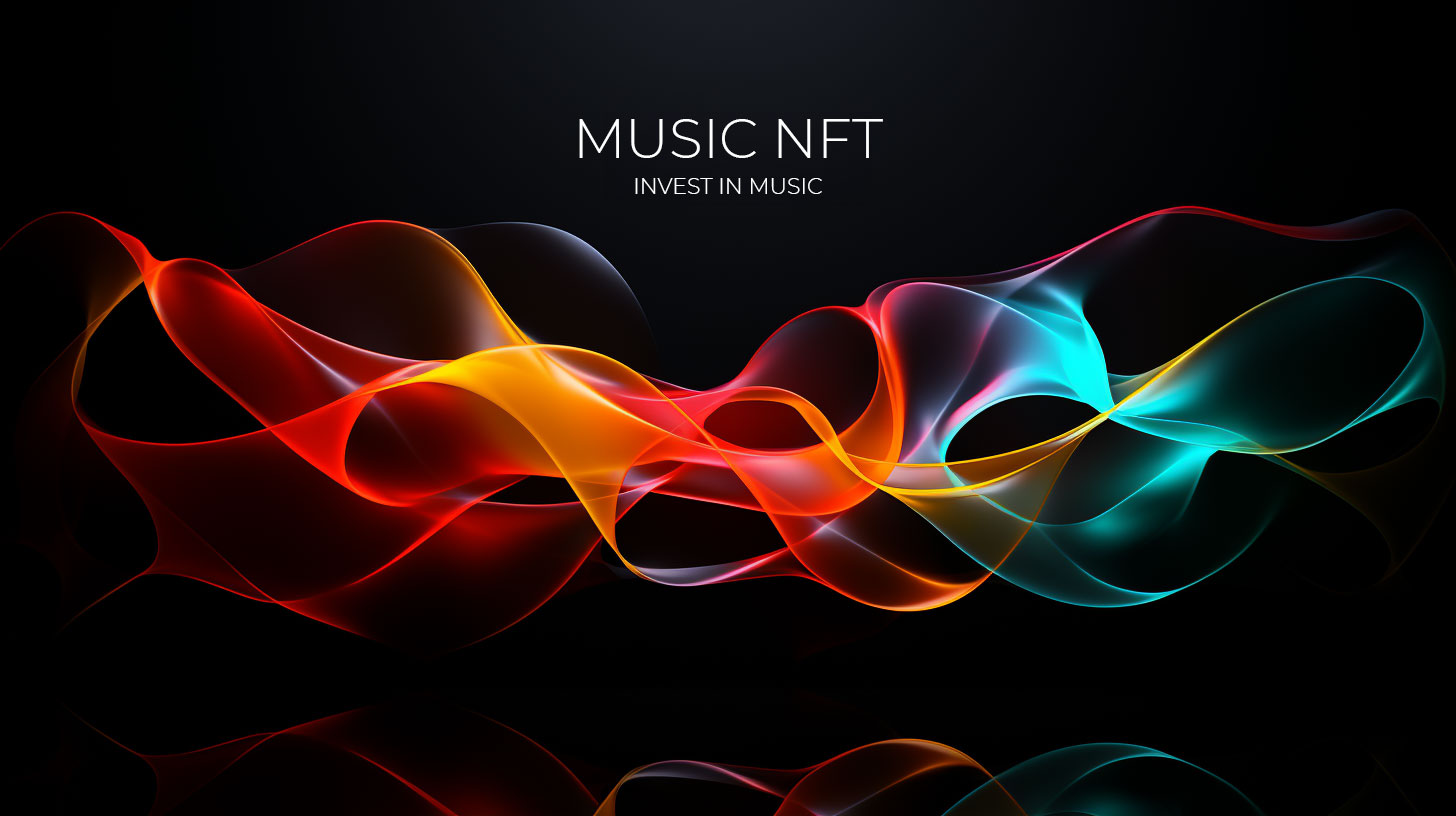14/12/2023

Unlocking Revenue Streams: A Practical Guide to Music NFTs for Artists and Investors
As the digital era progresses, the music industry is undergoing a significant transformation. The advent of Music NFTs is redefining the conventional norms, paving the way for a new era of music creation, consumption, and monetization. With the blockchain technology at its core, Music NFTs are unlocking new revenue streams, creating a direct connection between artists and fans, and revolutionizing the way we perceive music. So, what are Music NFTs, and how do they work? Let’s delve into this intriguing world of digital music assets.
Key Takeaways
- Music NFTs are revolutionizing the music industry by offering a new economic framework for independent artists to directly sell their creations and retain higher profits.
- Popular Music NFT Marketplaces such as OpenSea, Artyfile, Audius, and Royal provide features that enable artists to generate revenue from royalties & secondary sales.
- Potential investors should understand risks associated with investing in Music NFTs & assess investments accordingly before making decisions.
The Rise of Music NFTs
The Evolution of the Music Industry
Benefits for Independent Artists

Understanding Music NFTs
- Establishing direct connections with their fan base
- Maintaining control over their creations
- Integrating token-gated communities and beat selling, which enriches the music NFT ecosystem and allows fans to support their favorite artists directly.
What are Music NFTs?
How Do Music NFTs Work?
Popular Music NFT Marketplaces
Opensea
- Generate
- Purchase
- Vend
- Exchange music NFTs
Artyfile
- Use the music (the Music NFT) for their own creative pursuits, such as film, video and content creation.
- Earn from all revenues of the song, including streams and sync rights.
- Own and trade shares in the music.
Audius
- Artists, producers, and DJs can upload high-quality music and cultivate their fan base without any costs.
- It integrates an NFT marketplace, allowing artists to unveil exclusive content through NFT gating.
- Fans can gather and exchange music NFTs.
Royal

Case Studies: Successful Music NFT Campaigns
Kings of Leon
Kings of Leon made waves in the music industry by selling their album as an NFT, generating over $2 million in revenue. The NFT album provided benefits such as limited-edition vinyl and priority seating at upcoming concerts, creating substantial attention and discussion within the fanbase.
Grimes
Grimes’ NFT drop created a significant impact, amassing approximately $6 million in revenue, exceeding the cumulative earnings from her music career thus far. Her ‘War Nymph’ NFTs showcased a collection of digital artworks synchronized with her music, including an exclusive music video that was purchased for nearly $400,000.
3LAU
DJ 3LAU, an early adopter of NFTs, made an impressive $11.6 million with just 33 NFTs. He employed a strategy of launching his own NFT marketplace named Royal, which was specifically designed to provide user-friendly and simplified crypto processes for its users, showcasing his innovative approach to the space.
Tips for Creating and Selling Music NFTs
Creating and selling Music NFTs requires careful planning and consideration of various factors. From selecting the right platform to determining pricing strategies and understanding legal considerations, each step plays a crucial role in the successful launch of a Music NFT.
We will now delve into these considerations more thoroughly, involving hundreds of millions of factors in a secure proceeding.
Platform Selection
Choosing the right platform is crucial for reaching the target audience and maximizing potential revenue. Factors to consider include:
- Reputation and trustworthiness
- Time and budget
- Key features
- Niche or theme
- Mint price
Taking these factors into account will help you make an informed decision.
Platforms like OpenSea, Artyfile, Nifty Gateway, and MakersPlace are commonly favored by independent artists.
Pricing Strategies
Pricing strategies should balance the desire for exclusivity with the need for accessibility to a wider audience. The unique nature of the content, such as unreleased tracks or exclusive event access, can lead to higher prices as enthusiasts are willing to pay more for distinctive experiences.
It’s also beneficial to conduct research and gain insights from the experiences and strategies of music NFT thought leaders and successful artists who have effectively priced their NFTs.
Legal Considerations
Legal considerations, such as copyright and royalty agreements, must be addressed to ensure a smooth NFT launch. The sale of Music NFTs is still governed by copyright laws. However, overseeing and controlling NFTs can pose greater challenges compared to other digital assets.
It is crucial to take into account the intellectual property rights of the music and secure consent from rights holders.

